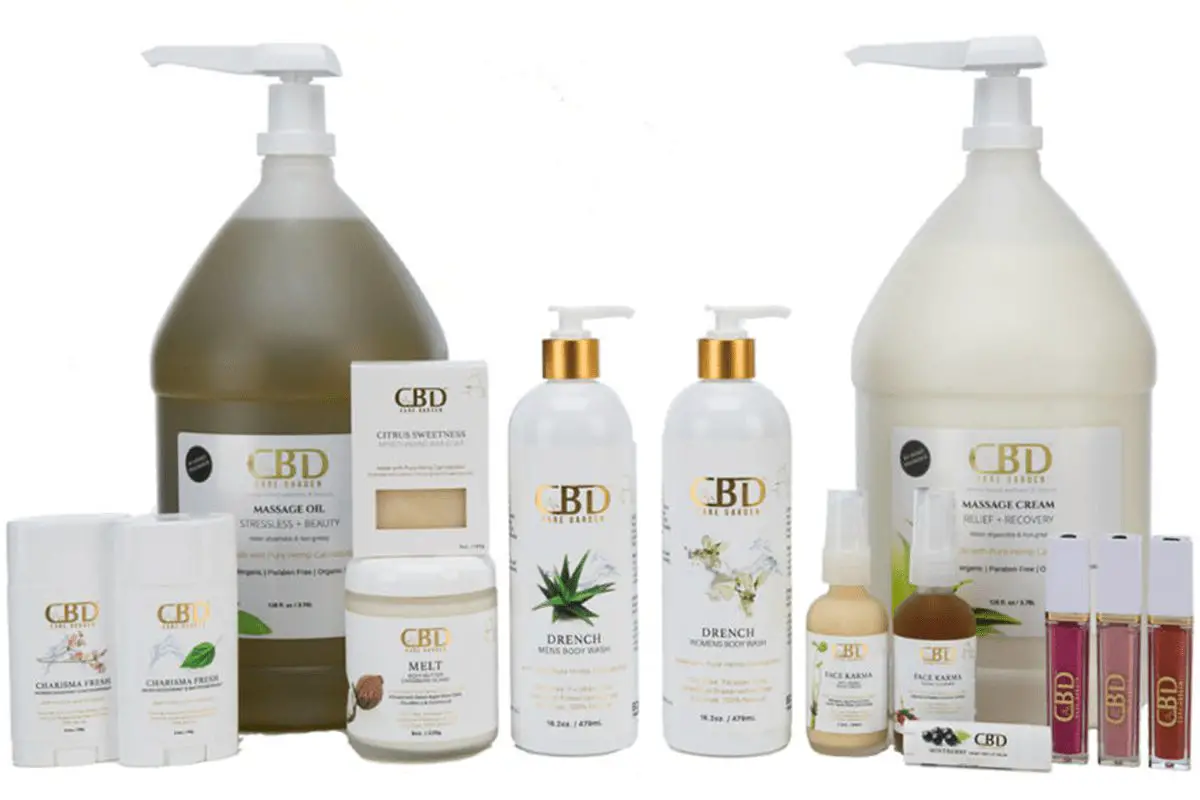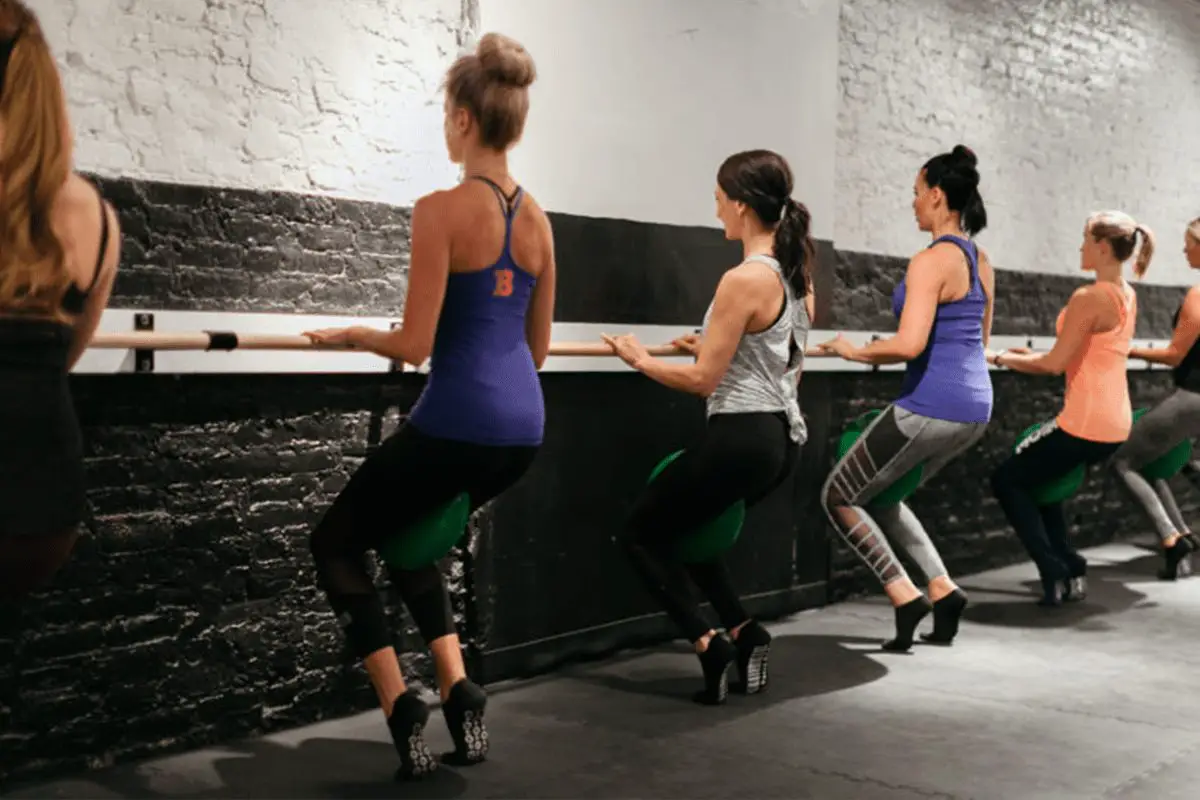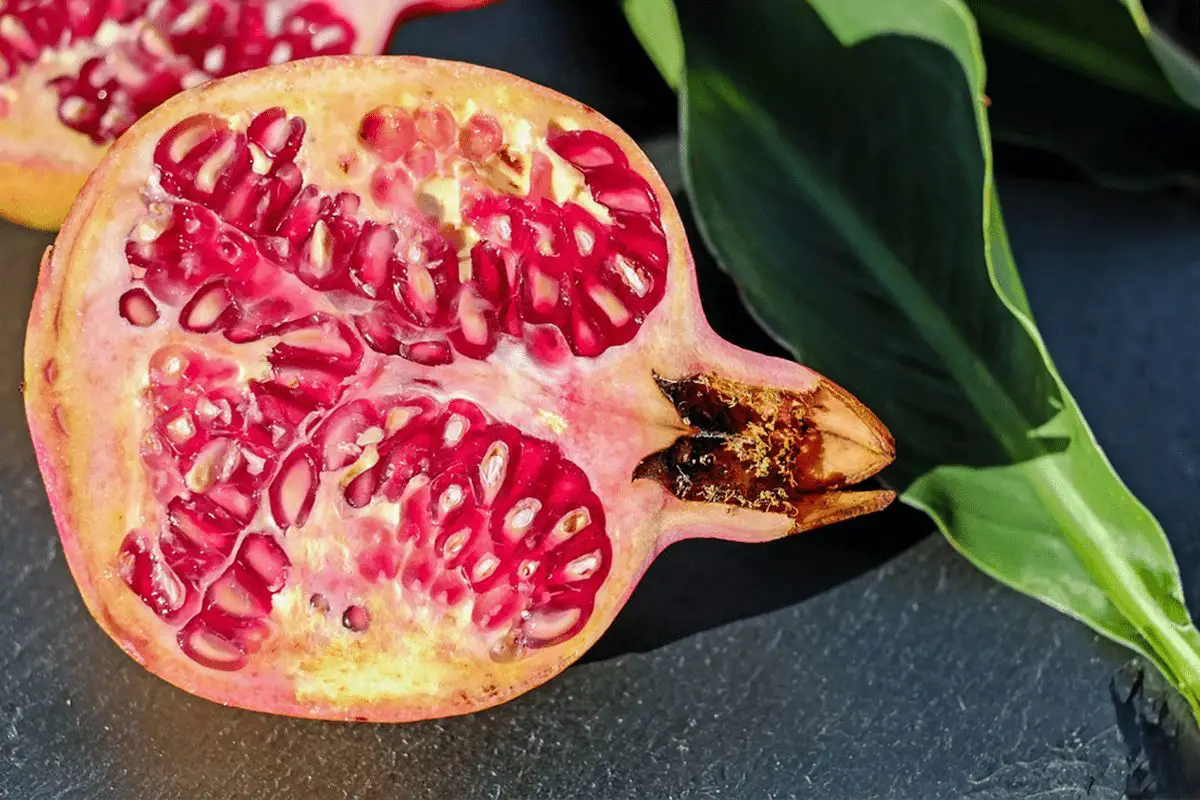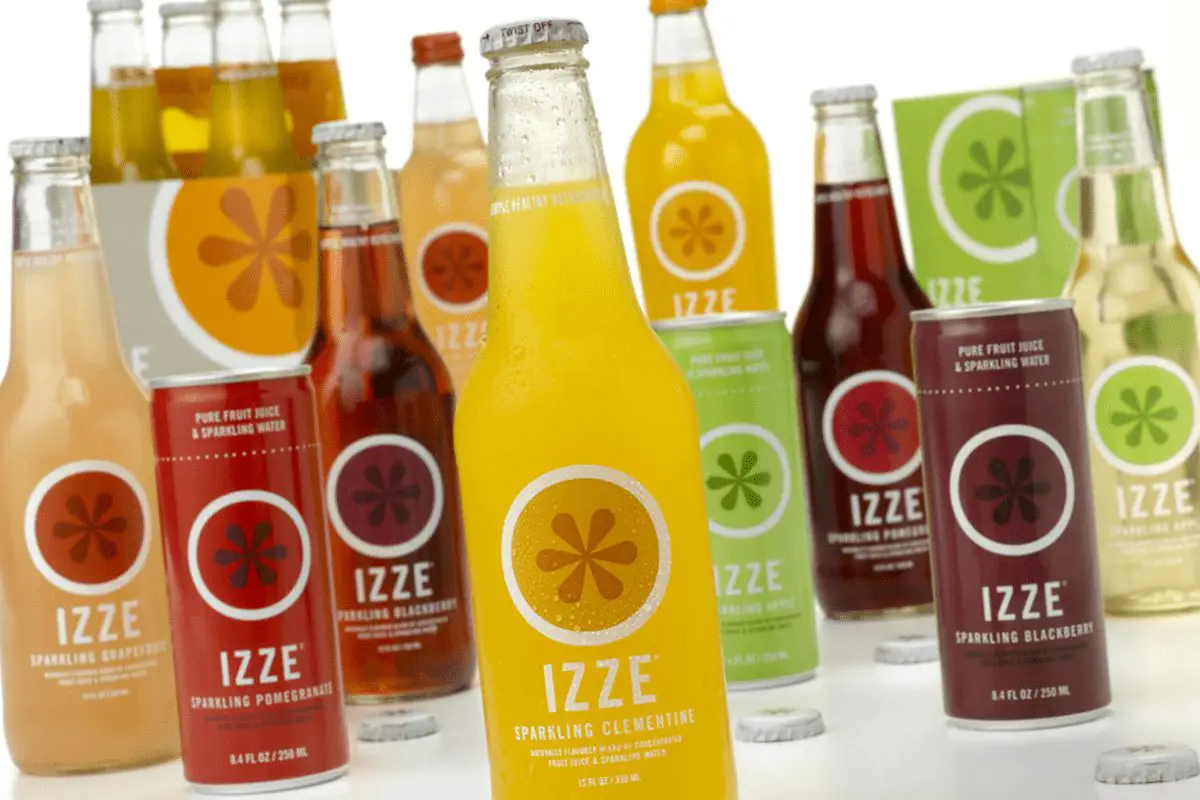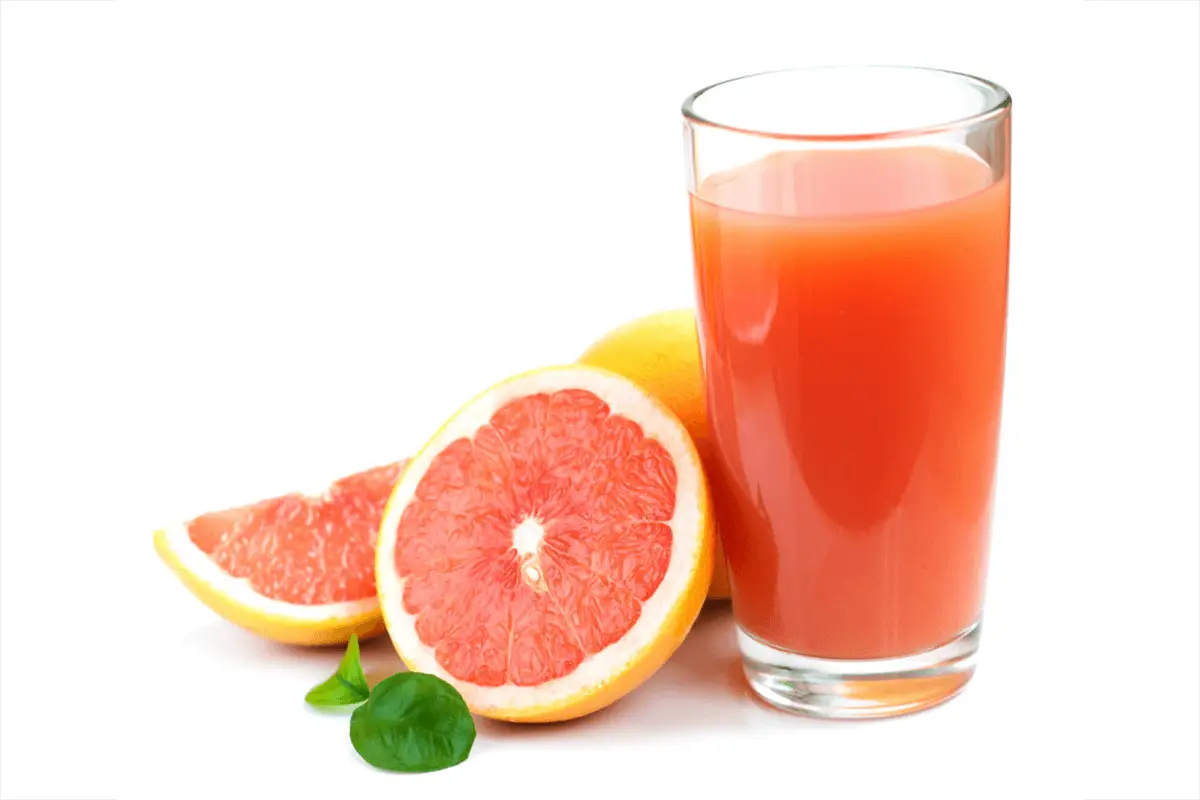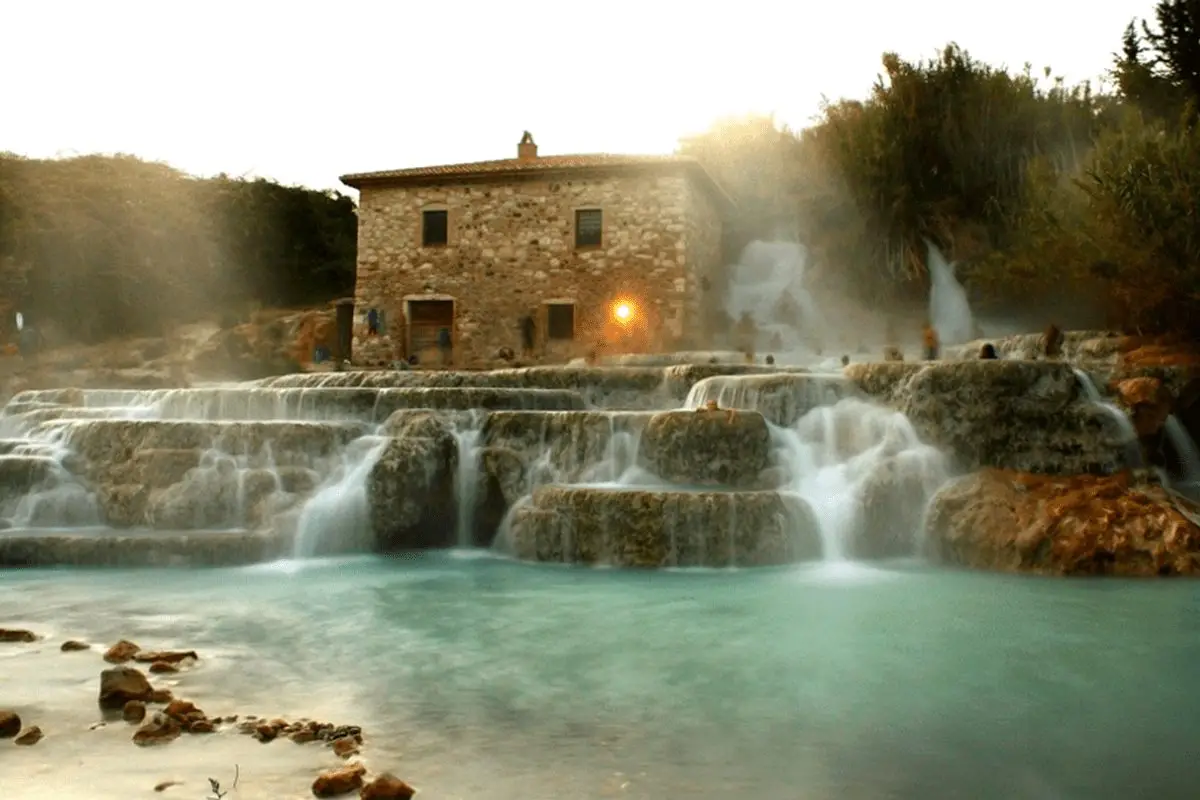I recently attended a trade show promoting various spa and wellness brands at none other than the Rainbow Room atop NYC’s Rockefeller Center. The boutique show—hosted by the Green Spa Network, a nonprofit trade association that provides education, resources and gatherings for the spa and wellness industry—represented my first glimpse into the burgeoning market of CBD oil. Continue reading
 Slope to “Farm”
Slope to “Farm”
Canyons, Utah’s largest ski resort, has 4,000 acres of terrain, and your plan is to ski it all. In one morning you’ve managed to tackle bowls, woods and a chute that you vowed to never ski again. Before taking another run, you need to refuel with a proper sit-down lunch – a hearty vegetable soup and a steak and egg sandwich with horseradish cream, caramelized onions and poblano relish. Sound good? Continue reading
 Talking Barre with Barre Code Founder Jillian Lorenz
Talking Barre with Barre Code Founder Jillian Lorenz
Barre, a workout trend grounded in the basics of ballet but with a unique blend of pilates, dance, yoga and functional training, is a fitness craze that has taken the nation by storm. Continue reading
 Best Hotel Gyms In The Top 5 Global Cities
Best Hotel Gyms In The Top 5 Global Cities
True fact: once you become “in shape,” it takes all of two weeks of inactivity to begin getting “out of shape.” Two weeks. That’s it. TWO. Continue reading
 5 Under-the-Radar Superfoods That Will Extend Your Life
5 Under-the-Radar Superfoods That Will Extend Your Life
If you lined up the oldest living adults, the world’s centenarians, and asked them their secret to long life, what would they say? Probably what every health professional says: Eat well, exercise and live right. Simple.
 Soda in the Raw—5 Natural, Low Sugar Sodas Worth Trying
Soda in the Raw—5 Natural, Low Sugar Sodas Worth Trying
It’s one of the biggest dietary don’ts: If you’re looking to trim up as the weather heats up, then you can’t drink your favorite carbonated beverage anymore. We say such rules are made for breaking, though. Continue reading
 A Juicy Secret
A Juicy Secret
Should Starbucks sell grapefruit juice? If you’ve read Tim Ferriss’ New York Times Best Seller “The 4-Hour BODY” you might recall his mention of grapefruit juice and its effect on caffeine. While Ferriss himself is not generally in favor of much fruit or fruit juice in his diet, he does mention the benefit (or detractor, depending on your viewpoint) of a certain flavanoid found in grapefruits which extends the fat burning properties of caffeine.
 Bath of the Titans
Bath of the Titans
It all started, as things usually do, when a god got persnickety. Continue reading
 The Evolution of the TRX Suspension Training System and Why It’s Become a Gym Staple
The Evolution of the TRX Suspension Training System and Why It’s Become a Gym Staple
Admittedly, there’s not a whole lot to the TRX exercise tool. Just a strap. A few attachments. And really, to get the legendary body of a Navy SEAL, it’s all you need.
 (Re)treat Yourself
(Re)treat Yourself
The reasons to go on a wellness retreat are varied and many, but in case you need a refresher, consider these facts: Continue reading
 The Art of the Teas
The Art of the Teas
Recently hitting the airwaves out of Thailand is news of Black Ivory Coffee, whose whopping $500-a-pound price tag alone would be enough to generate a headline or two. However, what set the world into a tizzy isn’t the price, but the procurement. To get its “earthy” flavor, the coffee cherries first have to go in one end, and then come out the other end, of an elephant.
Ick. I don’t know about you, but coffee a la Jumbo’s heinie has just GOT to be one of the worst PR campaigns I’ve heard yet. I don’t think I ran to a cup of tea so fast in my life.
But tea is its own world, populated by a United Nation’s worth of species. There are several reputable brands, Kusmi, Grace Tea Company, and Twinnings (which carries Queen Elizabeth II’s seal of approval for cachet) among them, but to get the full tea experience, those establishments that whip up their own blends are the places to go.
For all things tea, I turned to a veritable guru on the subject, David Wong. Owner of New York’s venerable McNulty’s Tea & Coffee Co., Wong oversees what at first glace looks more like Gandalf’s apothecary than a tea emporium. Dozens of bell jars filled with deliciously aromatic concontions, from rosebuds to peppermint, burst from the shelves—this place is floor-to-ceiling TEA. Where to begin?
“The Big Three are green tea, oolong, and black teas,” Wong explains. “Green teas are unfermented, oolong teas are partially fermented, and black teas are fully fermented. Also, there is white tea. White teas are also unfermented like greens, but are processed differently in the drying process.”

Fermentation? Does that mean I can get a buzz of a different sort if I drink enough? Sadly, no. Tealeaves are first plucked from trees pruned to bush-sized proportions and then set to dry naturally in climate-controlled conditions. As they dry, the leaves darken as enzymes break down the chlorophyll and release the tannins. In tea-speak, this chemistry-from-the-inside is fermentation, and how much takes place dictates what kind of tea results.
Broadly speaking, anyway. Tea isn’t regulated like wine or cheese, so a lot things that say “tea” actually aren’t. Says Wong, “Herbal teas such as chamomile are considered herbal beverages because you brew them the same way as regular tea. The only difference is that herbal ‘teas’ are not from the tea plant, so they don’t have any caffeine.”
So there’s the 411 on tea. But what about chai?
“The word ‘chai’ actually means tea in different languages,” continues Wong. “In America today, chai tea is considered a tea blend with many different spices added in, such as black pepper, cinnamon, cardamom, ginger, or orange peels. It is normally brewed like a regular tea, but with steamed milk or hot milk added on top. It is probably copied from the tea they serve in the Kashmir region of India.”
After all that, I still wasn’t done–what good is tea if it isn’t brewed properly? Not far from McNulty’s is Tea and Sympathy, a British islet awash in a Yankee sea. Tea may have originated in Asia, but it was the English that made it a worldwide phenomenon. Proprietress Nicky Perry recommends seeping tea in a fine bone china teapot (metal is reactive to both water and the tea in it) between four and five minutes in fresh, boiling water, and is best paired with cake. She is, however, quick to roll her eyes at the “proper” practice of sticking your little finger out while drinking.
“You’ll look like an idiot,” she warns. But not nearly so much as falling for elephant-butt coffee.
(Author’s Note: Just to put the argument to rest, it is coffee, not tea, that has the most caffeine. In a typical eight-ounce cup serving, coffee comes in at 160 milligrams, while black tea, say, English Breakfast, has about 60 milligrams. Oolong has about 45, green tea has about 30, and white tea has about 20 milligrams. A perfect excuse to have another cup.)
 Grain Expectations
Grain Expectations
The craze for fiber- and protein-rich superfoods continues unabated. From acai berries to flaxseeds to pomegranates, these nutrient-dense fruits, nuts, grains and vegetables lower bad cholesterol and are said to help the heart, mind and body. But no list of superfoods is complete without quinoa. The whole grain, beloved by the Incas who considered it the “mother of all grains,” has only recently become the rage amongst health-conscious consumers.
Quinoa (KEEN-wah) was first cultivated in the Andes more than 4,000 years ago. The Incas deemed it sacred and used it in religious ceremonies. Spanish settlers and others soon discovered its nutritional benefits. The seeds are loaded with vitamins and minerals (iron, magnesium, etc.) as well as protein (up to nine grams per serving) and are gluten free. It is often cooked a la couscous or rice, making it an easy substitute for both dishes. A number of food manufacturers, including California-based Ancient Harvest, have created pasta lines using quinoa and chefs around the country, such as Willis Loughhead at The Palm Court in New York City, build dishes around it. It can be mixed with beans, veggies or used in a stir fry. My favorite recipe uses quinoa, infused with fresh mint, as a side dish to lamb tagine, a traditional North African stew. The following recipe is altered a bit from the one I found on Allrecipes.com.
Lamb Tagine with Herbed Quinoa
For the Tagine:
2 pounds lamb meat, cut into 1 1/2 inch cubes
3 tablespoons olive oil
2 teaspoons paprika
1/4 teaspoon ground turmeric
1/2 teaspoon ground cumin
1/4 teaspoon cayenne pepper
1 teaspoon ground cinnamon
1 teaspoon kosher salt
3/4 teaspoon ground coriander
1 pinch saffron
1 tablespoon freshly grated ginger
1 lemon, zested
2 medium onions, cut into 1-inch cubes
5 carrots, peeled, cut into fourths, then sliced lengthwise into thin strips
3 cloves garlic, minced
1 low-sodium canned broth
1 can tomato paste
1 cup quinoa
2 tablespoons chopped fresh mint
In a bowl, mix 2 tablespoons olive oil, the paprika, turmeric, cumin, cayenne, cinnamon, salt, ginger, saffron and coriander. Add the diced lamb, toss and refrigerate at least four hours.
Heat the remaining olive oil in a large pot. Start adding the lamb in small portions and cook until brown. Add onions and carrots to the pot and cook for 5 minutes. Stir in the garlic and ginger. Continue cooking for another 5 minutes. Stir in the lemon zest, chicken broth and tomato paste. Bring to a boil, then reduce heat to low, cover, and simmer for about two hours, stirring occasionally, until the meat is tender.
Cook the quinoa according to manufacturer directions. Drain and add chopped mint. Serve with the tagine on top.
—Shandana A. Durrani
